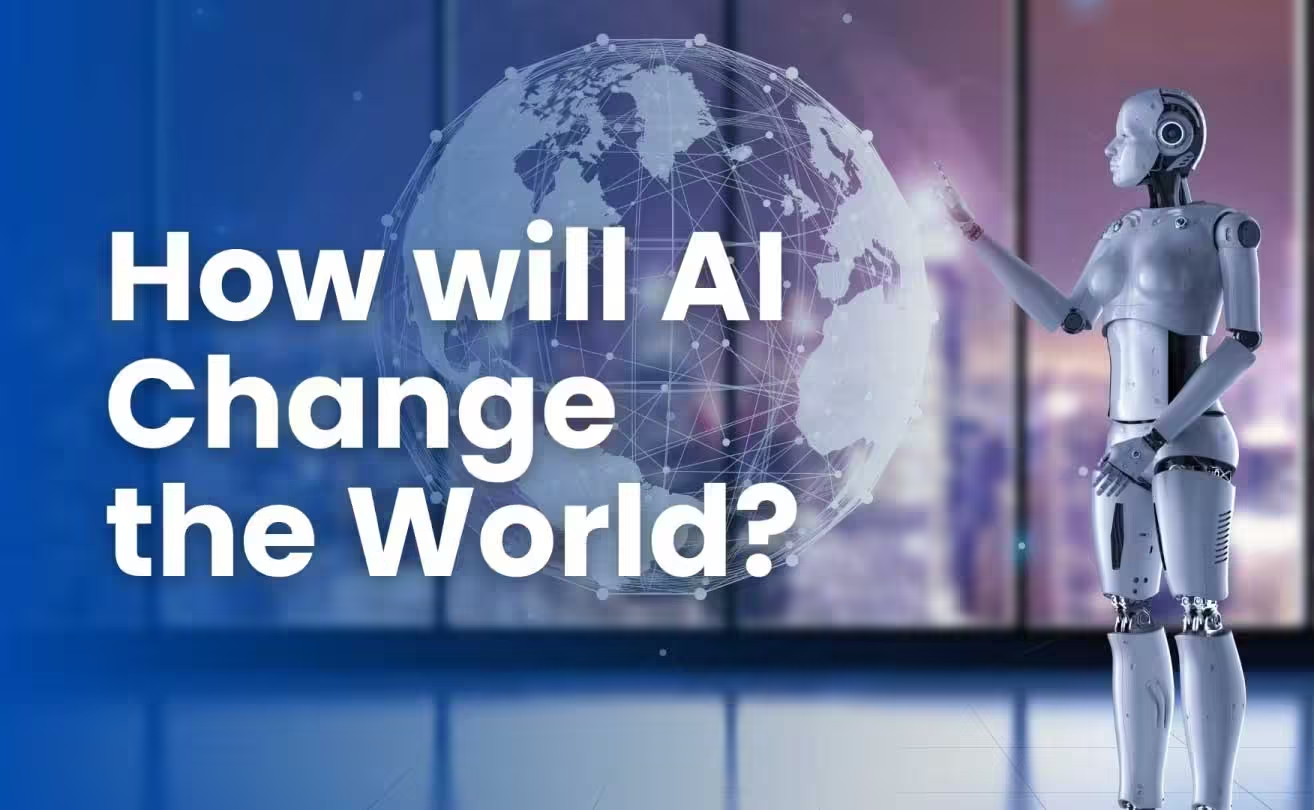The Dual Edge of AI: Potential and Perils
Artificial Intelligence (AI) has emerged as one of the most transformative technologies of the 21st century, with the power to reshape industries, boost economies, advance healthcare, and even help combat climate change. However, like any groundbreaking technology, it carries both promises and perils. The potential uses of AI extend across industries, but so do its risks, particularly when misused. From its role in military strategy to its increasing involvement in surveillance, the consequences of AI’s deployment require careful consideration.
The Positive Impact of AI Across Sectors
1. Economic Boost
AI has the potential to significantly boost global economies by automating processes, improving efficiency, and driving innovation. In sectors like manufacturing, AI-powered robots can take over repetitive tasks, reducing labor costs and increasing production speed. AI’s ability to analyze massive datasets can help businesses identify new market opportunities, predict consumer trends, and optimize supply chains. A report by McKinsey estimated that AI could contribute up to $13 trillion to the global economy by 2030.
2. Advancements in Healthcare
AI is revolutionizing the medical field, offering the potential for early disease detection, personalized treatment, and drug discovery. For instance, AI algorithms can analyze medical images, such as X-rays and MRIs, to detect diseases like cancer with greater accuracy and speed than human doctors. AI can also assist in the development of new medications by predicting how different chemical compounds will interact with diseases, reducing the time and cost of drug development. Additionally, AI-powered wearable devices can monitor patients’ health in real-time, allowing for early interventions and improved patient outcomes.
3. Tackling Climate Change
AI can be a valuable tool in addressing climate change by enabling smarter energy use, optimizing transportation systems, and improving agricultural practices. AI can analyze weather patterns, water usage, and crop data to improve farming efficiency, reducing resource consumption and minimizing waste. In energy, AI can optimize power grids, integrate renewable energy sources, and reduce carbon emissions by improving energy efficiency in buildings, transportation, and industries. AI-driven data analysis can help scientists develop models to better predict and mitigate the impacts of climate change, from rising sea levels to extreme weather events.
The Dark Side of AI: Surveillance and Military Applications
1. AI in Surveillance
While AI can enhance security, its use in surveillance raises serious concerns about privacy and civil liberties. AI-powered surveillance systems, equipped with facial recognition technology, can track individuals across cities, monitor social behavior, and analyze vast amounts of data. Governments and corporations can use AI to monitor citizens, potentially curbing free speech and freedom of assembly. This is particularly concerning in authoritarian regimes, where AI could be weaponized to silence dissent or target political opponents.
In addition, the combination of AI and big data makes it possible to create detailed profiles of individuals, including their habits, preferences, and even future behaviors. This data can be sold to third parties, raising ethical questions about data ownership, consent, and exploitation. iPad Mini 7 Benchmarks Confirm 8GB RAM, 5-Core GPU’s Slower Speeds
2. AI in Warfare
AI is also increasingly being used in military applications, including autonomous drones and decision-making systems. Autonomous weapons, or “killer robots,” can identify and eliminate targets without direct human oversight. While this can reduce the risk to soldiers, it raises profound ethical questions. Should a machine be allowed to make decisions about life and death? The use of AI in warfare could also lower the threshold for conflict, as autonomous systems might engage in military actions without the same level of caution that human operators would exercise.
Moreover, AI’s role in cybersecurity poses a double-edged sword. On the one hand, AI can defend against cyberattacks by identifying vulnerabilities and reacting faster than humans can. On the other hand, AI can also be used to launch highly sophisticated cyberattacks, with the potential to cripple critical infrastructure, disrupt financial systems, or even spark geopolitical conflicts.
The Next Industry to be Transformed by AI
While AI has already revolutionized industries such as healthcare, finance, and manufacturing, several sectors are poised to undergo significant transformations in the near future.
1. Education
AI is set to transform education by personalizing learning experiences, automating administrative tasks, and providing real-time feedback to students. AI-powered tutoring systems can adapt to individual learning styles, helping students grasp concepts at their own pace. Additionally, AI can analyze large sets of student data to identify learning gaps and recommend targeted interventions, improving overall educational outcomes. In the long run, AI could democratize education, making high-quality learning accessible to people in remote or underserved areas.
2. Transportation
The transportation industry is on the verge of an AI-driven revolution, with autonomous vehicles, drones, and smart transportation systems becoming increasingly viable. Self-driving cars could reduce traffic accidents, lower carbon emissions, and provide greater mobility to people who are unable to drive. AI-powered logistics systems can optimize routes for delivery trucks, minimizing fuel consumption and reducing the environmental impact of transportation. In cities, AI can help develop intelligent traffic management systems, reducing congestion and improving urban mobility.
3. Construction and Real Estate
AI has the potential to revolutionize the construction and real estate industries by improving project planning, reducing costs, and enhancing sustainability. AI-powered design tools can optimize building plans for energy efficiency, while AI-driven project management systems can reduce delays and cost overruns. Additionally,

